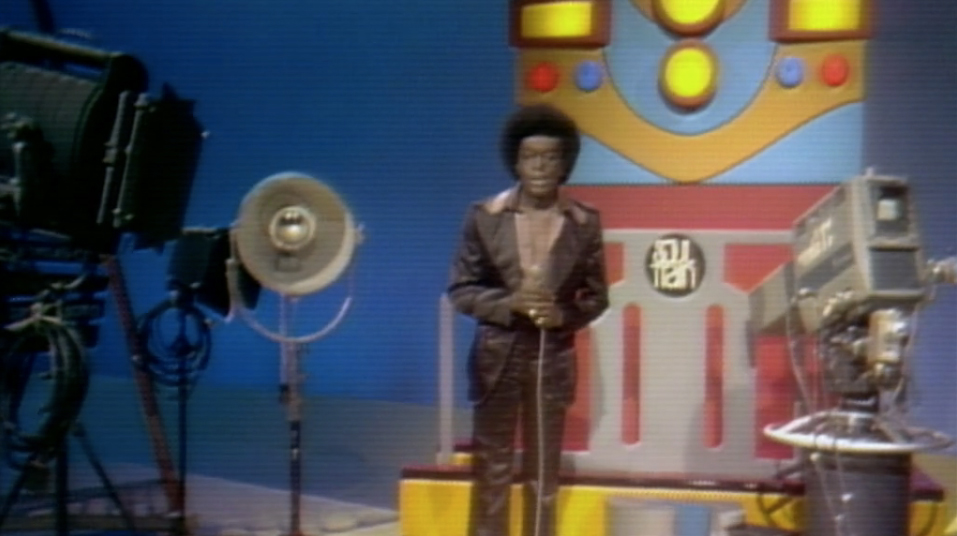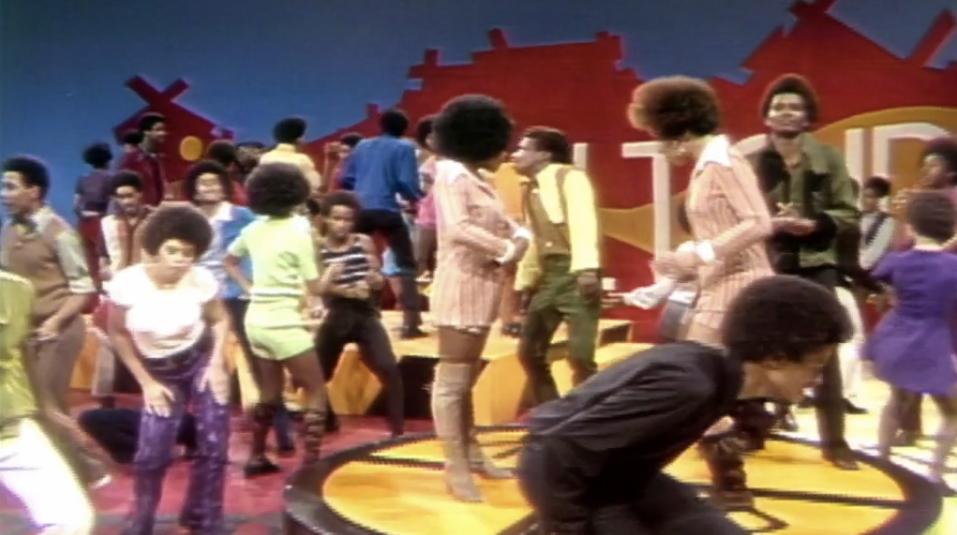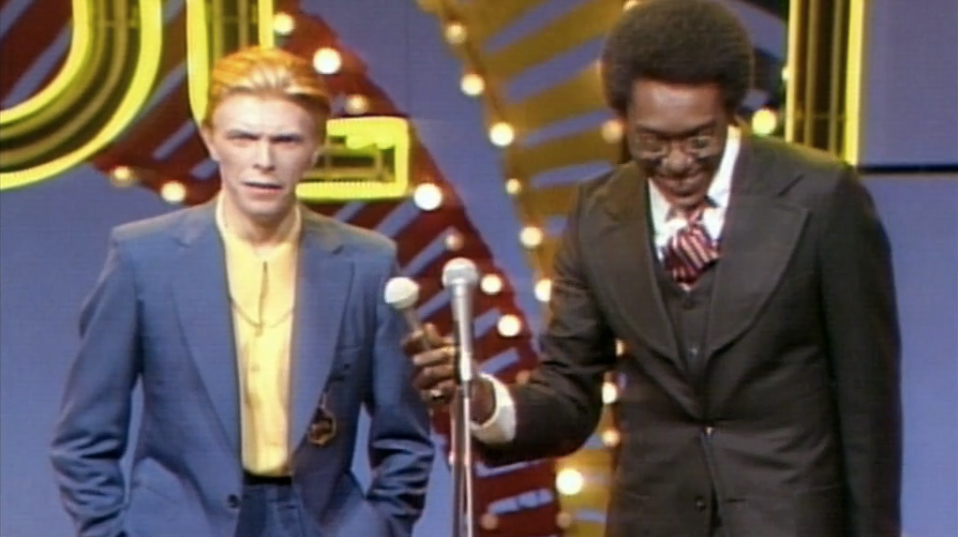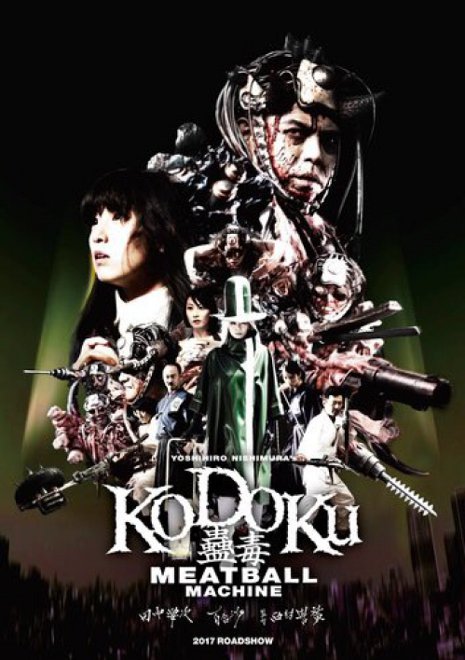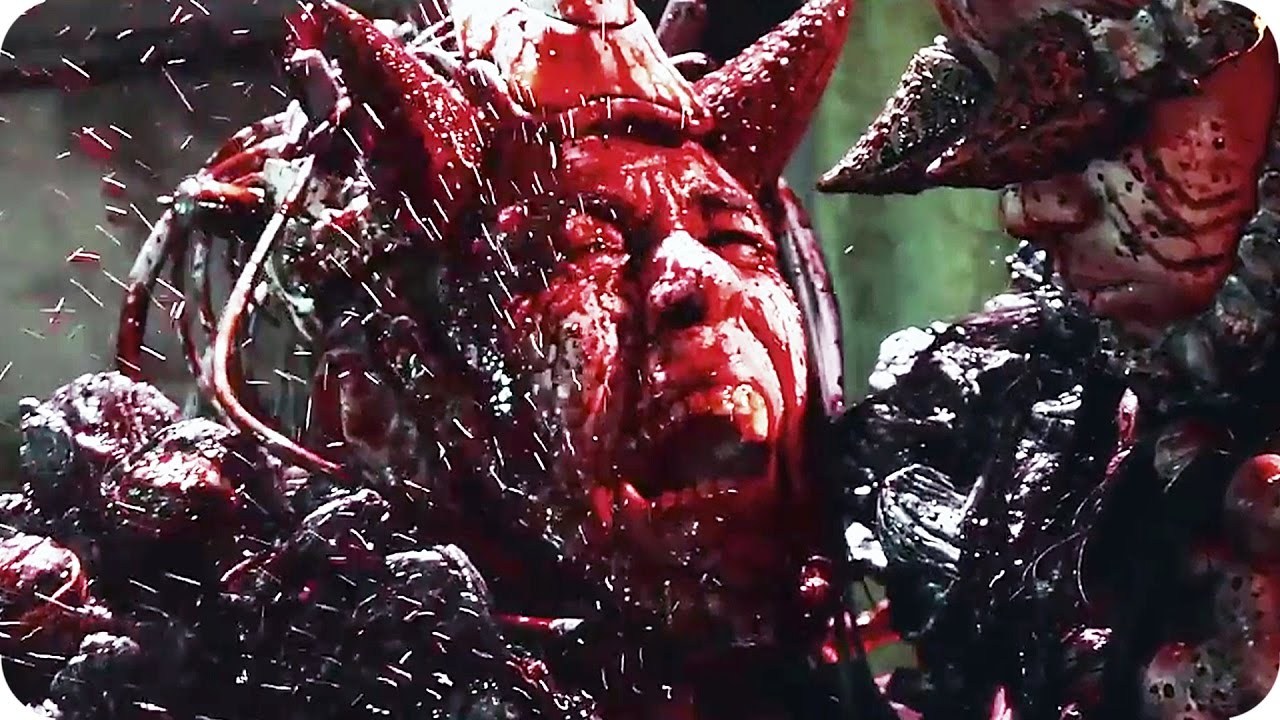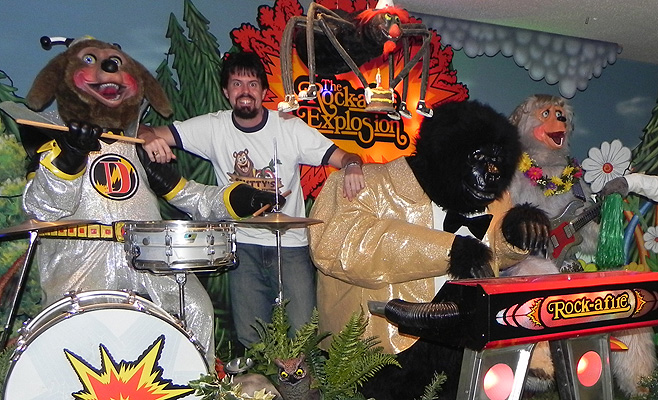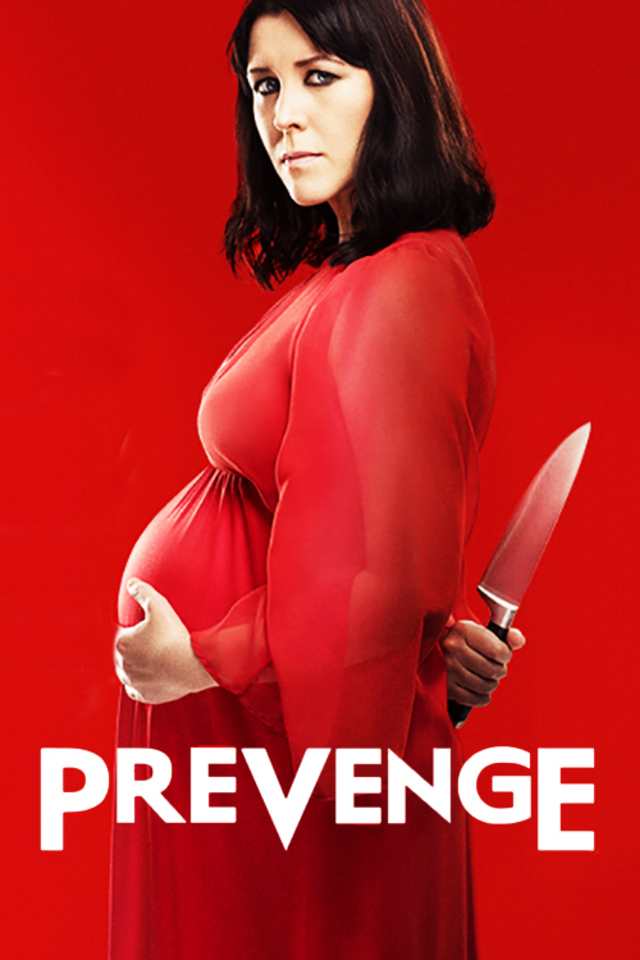
Alice Lowe’s horror black comedy Prevenge, as you may have gathered from my last post, is pretty likely to be my favorite film of the year (though there’s some fierce competition, for sure.) A hilariously bleak look at motherhood and murder, Prevenge is the story of mother-to-be Ruth who, after the tragic death of her unborn baby’s father, starts to hear the child’s voice. And it is telling her to kill.
The film is packed to bursting point with wicked laughs, stomach-turning violence and, perhaps most surprisingly of all, genuine pathos, the kind of work that gives you faith that independent cinema is still capable of turning out films that are both fresh and brilliant. Written, directed and starring Lowe herself in the lead role, Prevenge was made on a shoe-string budget over the course of three weeks, all while Lowe was heavily pregnant. While it might mark her first time behind the camera to helm a feature, as an actress and a writer Lowe is a seasoned pro, lending her formidable talents to work as diverse and quality as The Mighty Boosh, Sherlock, Snuff Box, Garth Marenghi’s Darkplace and Sightseers.
We’re long time fans of Alice Lowe’s work here at Dangerous Minds, so it was a real treat to finally nab an exclusive interview with this dark comedy powerhouse. I caught up with her on International Women’s Day to talk about Prevenge, producing films, and the trials of juggling motherhood with an artistic career.
Dangerous Minds: Which one was harder? Making a film or giving birth?
Alice Lowe: Giving birth! If I had to compare the two, making a feature film is pretty easy. No, it’s still pretty nerve wracking! But that’s one of the things that made me do it because, compared to childbirth, I thought “oh it’s just a feature film, who cares?” If I hadn’t been pregnant I would have been like: “My precious first feature!” I maybe wouldn’t have made it because I was so scared of it not being perfect. As it was, I wasn’t that stressed to be honest, I was just enjoying it.
So far the critical reaction to Prevenge has been very positive. How have you found the reception to the film?
Alice Lowe: It’s amazing! I don’t think it’s gonna hit me until about a year’s time because I just haven’t stopped. Making the film, having a baby, editing the film with my baby, finishing the film in time for the Venice Film Festival, it’s all just been a whirlwind, really. I haven’t had a chance to stop and take stock. Because it was so low budget, we just didn’t have any expectations. I was thinking: “If I can make a film then that’s brilliant, it doesn’t really matter what it’s like.” Haha! Honestly, I was just glad to get a feature under my belt, because features notoriously don’t mix well with childcare. So I didn’t really have any expectations, but I certainly didn’t expect to still be promoting it now and people to still be talking about it!
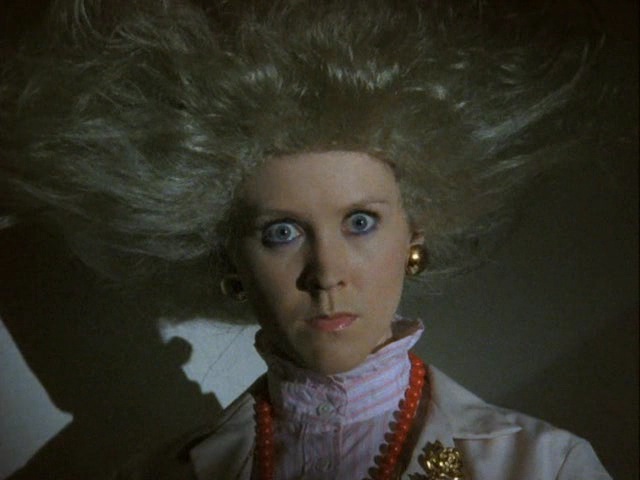
As ‘Dr Liz Asher’ in ‘Garth Marenghi’s Darkplace’
Prevenge is your first feature film as director. Was there any particular template that you were working to as a first time director, either for a low-budget horror or just more generally?
Alice Lowe: Initially I did think it would be easier to do a revenge film because you have a narrative template. You don’t necessarily need to see the preamble, what has happened before, you can just take the audience on this journey of a revenge spree, and to a set timetable. So that’s quite useful. Taxi Driver was a big influence though, as I had often thought there was room for a female Taxi Driver-type film.
Yes, there’s definitely a kind of Travis Bickle-ish aspect to Prevenge‘s Ruth. As for the comedy side of this film, which is just as important as the horror, that’s a tricky balancing act but one you’ve pulled off brilliantly. Did you have any inspirations or templates when it came to this kind of fusion of horror and black comedy?
Alice Lowe: Well, horror and humor has become quite a British thing, I think. I mean, going back to Ealing Studios there is horror mixed in with comedy there. But you know I also wanted to put drama in there as well, and pathos, and that to me is a bigger experiment in the film, as I didn’t know if anything else had done that successfully. And that’s about having the confidence to steer the audience into these different gears, essentially. That was a labor of love in the edit. Even though I wrote the script as a mixture of genres, I had an epiphany during the actual shooting when I realized that it didn’t have to be any one genre, we just tried to make it as good as possible. Same as with the music, really. While there are lots of influences, it has to be an idiosyncratic thing because it’s really this one person’s journey. So it’s allowed to feel quite new and strange as long as it is managed skilfully.

As Ruth in ‘Prevenge’
You not only wrote and directed this film, which is an achievement in itself - while being heavily pregnant, let’s not forget - but you also starred in it too. I found your performance really powerful, giving murderous mum-to-be Ruth a gravitas and an empathy that strangely complimented the fear and the belly laughs. It’s quite a feat. So can you tell me how you approached Prevenge as an acting gig?
Alice Lowe: I knew I wouldn’t have any time to get into character. There just wasn’t enough time! I had to channel what I was feeling, the intensity of being pregnant, through the performance. But I’ve done a lot of low budget films, not directing necessarily but writing them, and I always know what I am doing with my character and sometimes what I fear, as a director, is that I can’t convey to an actor what I want them to do. Especially when it’s a complex character that is pushing and pulling the audience’s sympathies in different directions. You have to give something for the crew to latch on to. If the central performance is wobbly, the whole thing could become wobbly! So I had to carry the whole thing through and I couldn’t have any vanity about the performance at all. We needed ten seconds of me by the window, we got it, we moved on, there was no other take, no sense of me doing it for four hours. But in a way I was confident to do that because I knew the character inside out. I had written her. I knew what I was doing. And I don’t like to watch playback because I don’t like to be too self-conscious. I had to be in the zone. and when you have a small budget and a small crew, it enables you to do good performances anyway because there was very little set-up, re-setting, lighting and all that. There was very little down time, so you’re just acting the whole time, 24/7. We were just immersed in it, the same as when we shot Sightseers. Which is quite good because you forget you’re acting. You’re just being it. That has a very favorable impact on the performance.
And I presume you were given carte blanche by the producers to do whatever you wanted?
Alice Lowe: Yeah pretty much, I mean they would look over stuff and give me help or feedback if I wanted it but really they just let me get on with it. It was me and the editor, really, pushing through with this experience of the edit. in terms of the script, we didn’t have time for re-writes or anything like that. I basically wrote the script in about a week, having thought about it and written a pitch document before that. I mean, we had to change things as we went along, like when we couldn’t get a particular location and things like that, but in effect it was a first draft.
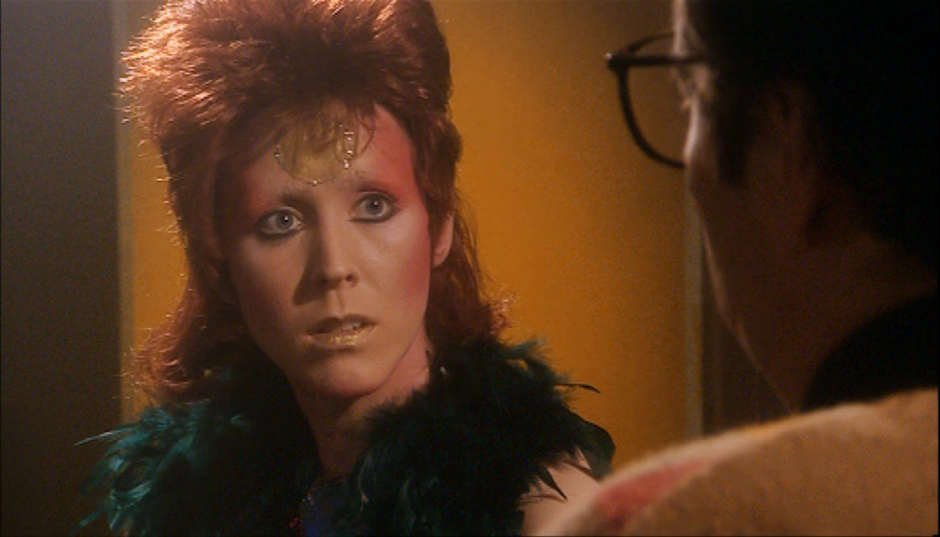
As David Bowie on ‘Snuff Box’
Wow! That is impressive. So do you think you were liberated artistically by these low-budget/indie constraints?
Alice Lowe: Yes I do actually. I think it gave me faith in the simplicity of a narrative that people will accept. I knew that to be able to film it in such a short time it would have to be long scenes. I knew I was writing it as a series of two-handers, each scene was one other actor, one location and one long scene. It’s like little bits of theater really, and it’s funny because people don’t really comment on that. I thought we would get a lot more criticism because it is such a simple narrative. I mean we did get some criticism, but not as much as I thought we would.
For me the challenge was to write characters that felt modern and recognizable, but they’re not operating to a conventional script. I wanted the audience to feel that this was really happening. You know, how life is unexpected, people don’t do what you think they’ll do. Bringing stuff to life so there’s a vibrancy of performance. And again, that’s something that comes from the low-budget set-up, because everyone knows we may only get one take at this and it’s quite exciting. I just know the film wouldn’t have got made through a conventional development system. People would have said: “You can’t have a scene this long”, “There’s too much dialogue”, “What’s this bit about?”, “This joke doesn’t work.” There would have been so much of that. It drives me insane! Those kinds of people. You just think “Have you ever directed a film? Or written anything? Have you ever made people laugh? Ever in your life?” The kind of people you have to accept feedback from don’t know how to make a film!
Continues after the jump…











